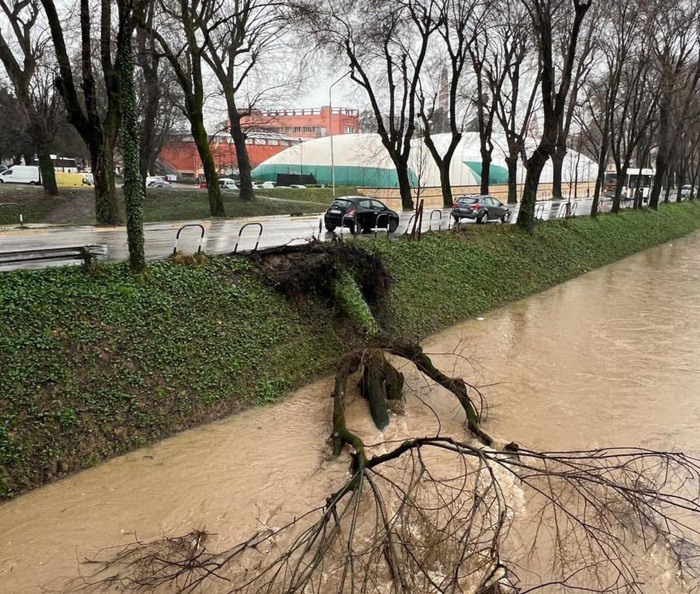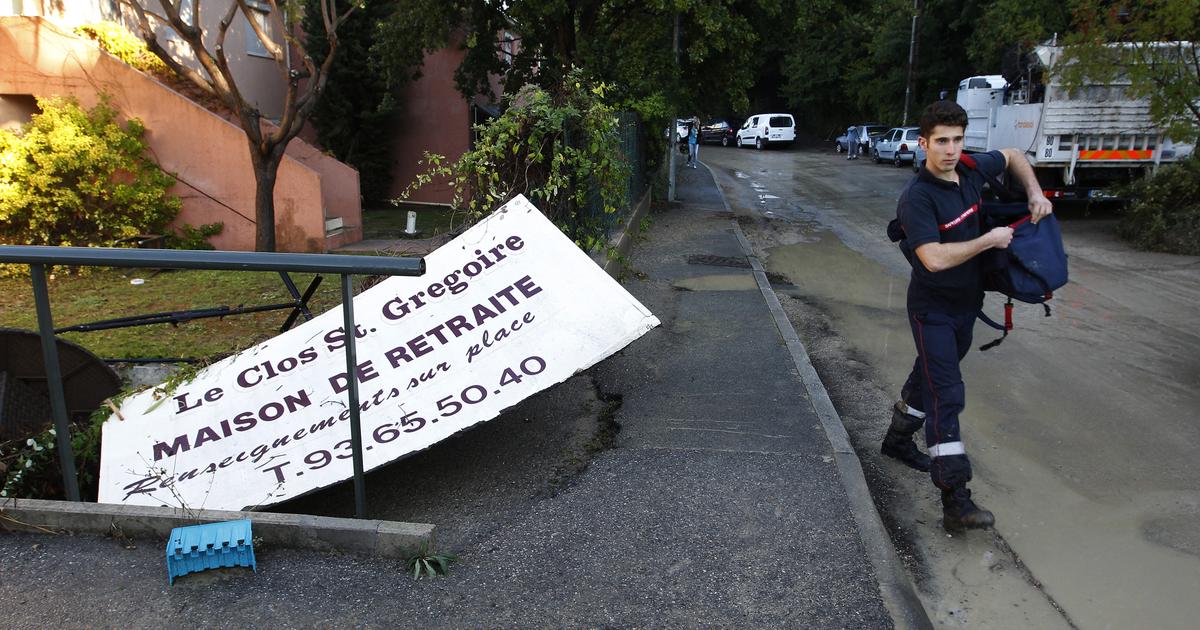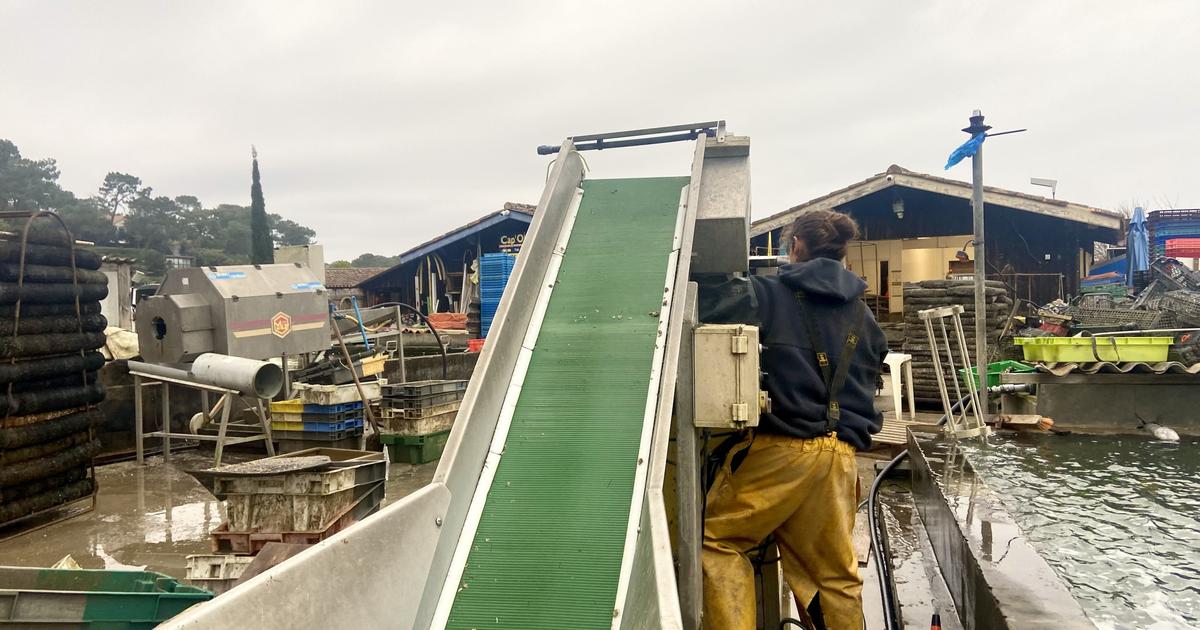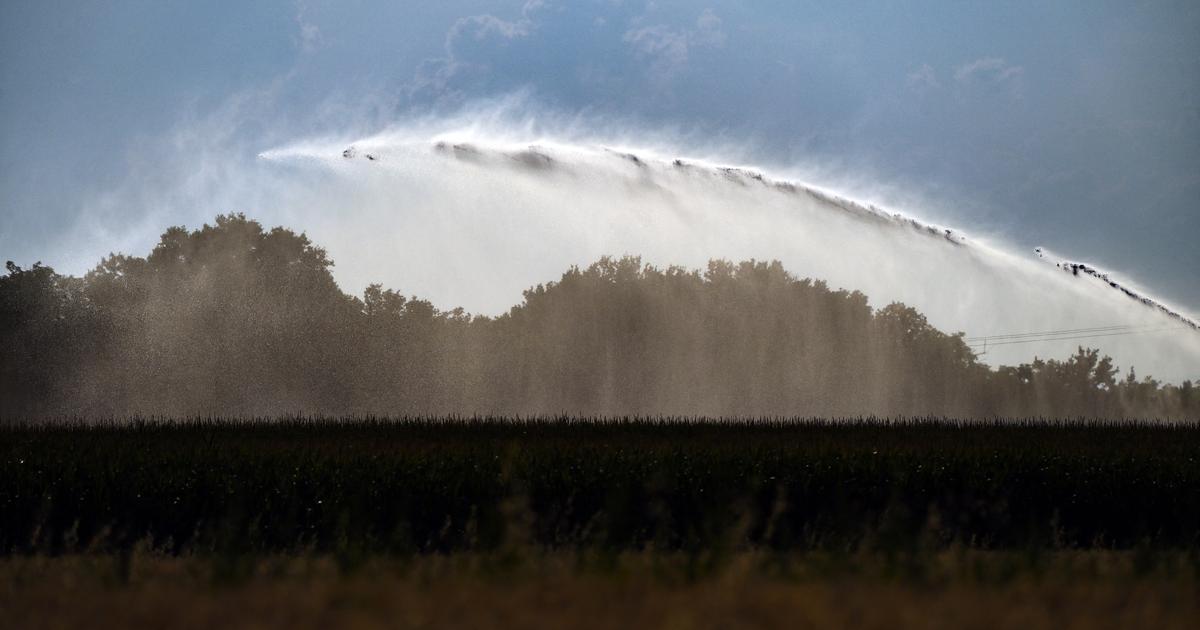Starzel, Gröben and Ascherbach are actually peaceful waters.
But the past has shown that they can become a major problem.
Thousands of people are affected by a flood.
A protection concept was drawn up so that it doesn't come to that.
Now, for the first time, concrete measures have become known.
Olching
engineer Heiko Nöll does not make any digression.
“There is no alternative to the six flood retention basins.” The water in the streams has to be stopped before it can spread.
The pools at Alling, Eichenau, Puchheim-Ort and Germering are to be built.
This is one of the results of the study on the integral flood protection concept, which has now been presented to the public for the first time.
But it doesn't stop there.
Also planned are walls of a maximum height of one meter in the town, a transition from the Starzel to the Gröbenbach and two throttle structures on the B2 near Alling and on the embankment of the S4.
2000 houses are affected
As a project manager, Nöll has dealt intensively with the flood situation in the eastern district over the past four years. His company had received the order from the Amperverband (AV) to develop a concept that would be eligible for maximum funding and that would involve several municipalities. If the worst comes to the worst, 2,000 residential buildings and 2,544 commercial buildings are affected.
The benchmark for the measures is a so-called hundred-year flood plus a climate surcharge of 15 percent.
Means: You calculate with a weather event that occurs once every 100 years, but also include the consequences of climate change in the amount of water.
It is likely to be one of the most extensive flood protection projects in the region.
The water management office was on hand to provide advice, as was the lower nature conservation authority.
Gilching and Germering are on board, and approval from the city of Munich is also required.
Streams swing up to the tide
As has already been shown in the past with heavy rain, the streams can build up to a veritable flood.
A neuralgic point lies between Alling and Eichenau, where the Starzelbach flows under the B2.
In an emergency, the water accumulates there, flows south of the main road to the east, north past Puchheim-Ort and then into the Gröbenbach and to Puchheim-Bahnhof.
Therefore, the flood has to be averted in this area by a total of six flood retention basins, according to the planners.
350,000 cubic meters capacity
It had already been leaked earlier that there would be a flood retention basin at the Russengraben with a capacity of 350,000 cubic meters. Now it has become more detailed: According to engineer Nöll, the dam height is around seven meters and the length is 550 meters. A pool with a capacity of 190,000 cubic meters is planned for the Birkenmoosgraben (dam six meters high, 170 meters long). “This is where we can throttle the flow best,” explained the project manager when presenting the results in the Amperverband building. Other (smaller) basins: at the Schwarzen Graben, Tonwerkgraben, Holzbach and Rottenried.
The mayors of the municipalities involved also came to present the final results: Norbert Seidl (Puchheim), Andreas Magg (Olching), Andreas Haas (Germering), Martin Schäfer (Gröbenzell), Peter Münster (Eichenau), Manfred Walter (Gilching) and Stefan Joachimsthaler (Alling).
Joachimsthaler is also chairman of the AV association.
He warned: “The concept is a good basis.
But we can't just put it in a drawer. ”The aim is to found a special purpose association and work out the measures together.
The crux of the matter is arable land
Joachimsthaler also addressed one thing that could well become the crux of the matter: whether property owners (mostly farmers) provide their land.
There has already been a first contact.
According to planners, some of these are fields that would be flooded anyway.
Joachimsthaler emphasized: "We need the ground." And management is still possible.
The whole thing is a joint effort, the engineering office also made that clear.
Places that are not affected by floods, such as Germering, still have to be on board.
The measures that, according to the planners, make the most sense are calculated at around 38 million euros.
Funding of up to 70 percent is expected.












/cloudfront-eu-central-1.images.arcpublishing.com/prisa/KMEYMJKESBAZBE4MRBAM4TGHIQ.jpg)


